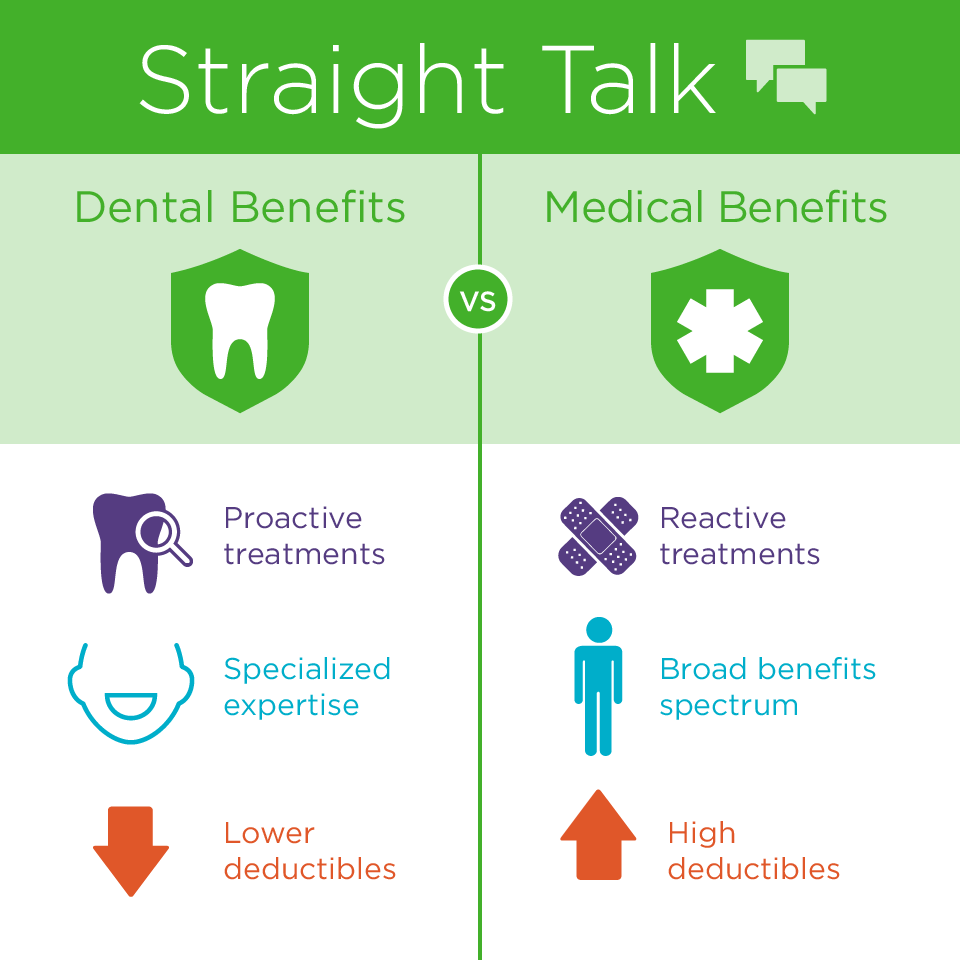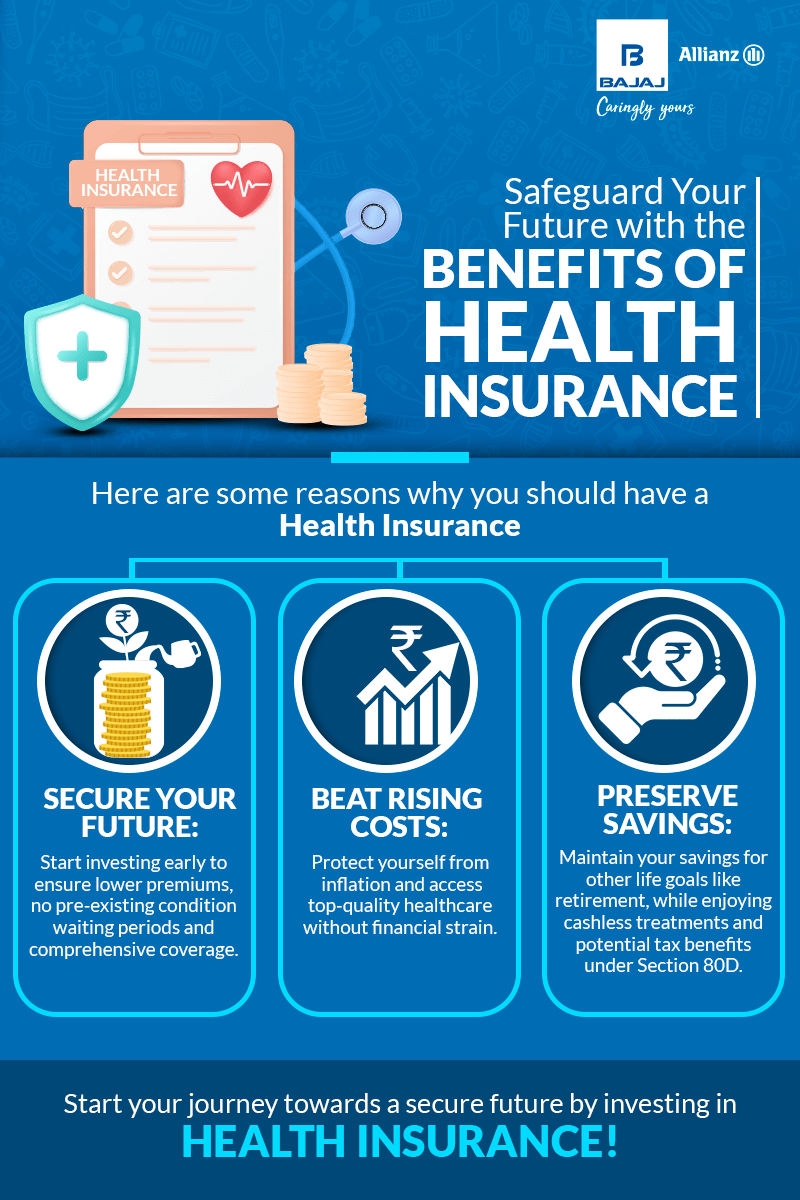The Best Strategy To Use For Medicare Advantage Agent
The Best Strategy To Use For Medicare Advantage Agent
Blog Article
Some Known Factual Statements About Medicare Advantage Agent
Table of Contents8 Easy Facts About Medicare Advantage Agent ShownNot known Details About Medicare Advantage Agent What Does Medicare Advantage Agent Mean?
:max_bytes(150000):strip_icc()/types-of-employee-benefits-and-perks-2060433-Final-edit-60cedb43c4014fdeb51aa3cd3c25f027.jpg)

follows from adheres to the puzzling young fairly profile of the uninsured with without insurance better healthMuch better wellness average, standard younger persons. For those without access to work environment wellness insurance policy, bad wellness is a prospective obstacle to buying nongroup insurance coverage due to the fact that such insurance coverage might be extremely priced, exclude preexisting conditions, or be simply inaccessible. Unless otherwise noted, nationwide quotes of people without health insurance and percentages of the populace with various kinds of coverage are based on the CPS, the most extensively used resource of quotes of insurance policy coverage and uninsurance rates.

What Does Medicare Advantage Agent Mean?
The relationship in between health and wellness insurance and accessibility to care is well established, as recorded later on in this phase. The connection in between health and wellness insurance and health and wellness outcomes is neither direct neither easy, an extensive professional and health and wellness services study literature links health insurance protection
to improved better to care, better much betterTop quality and improved personal and population health wellness. The second report, on individual health and wellness end results for without insurance grownups, is stood for by the inner circle of the figure, while the third report, on household well-being, includes the topics of the 2nd record yet emphasizes a different device of evaluation, particularly, the family.
Additionally, it focuses especially on those without any medical insurance for any length of time. The issues faced by the underinsured are in some respects similar to those dealt with by the without insurance, although they are normally much less extreme. Uninsurance and underinsurance, however, involve definitely different policy issues, and the techniques for addressing them may differ. Throughout this study and the five records to adhere to, the major emphasis gets on persons with no health insurance and thus no aid in spending for wellness treatment beyond what is available through charity and security web organizations. Health insurance is a powerful aspect impacting invoice of care due to the fact that both patients and physicians reply to the out-of-pocket rate of solutions. Medical insurance, however, is neither necessary neither enough view website to gain accessibility to medical services. However, the independent and direct effect of health and wellness
insurance policy coverage on access to wellness services is well developed. Others will certainly obtain the healthcare they require even without medical insurance, by paying for it expense or seeking it from suppliers who provide treatment complimentary or at highly subsidized prices. For still others, health insurance coverage alone does not make sure receipt of care since of other nonfinancial barriers, such as an absence of healthcare providers in their neighborhood, minimal access to transport, illiteracy, or linguistic and cultural distinctions. Formal research study concerning uninsured populations in the USA dates to the late 1920s and early 1930s when the Committee on the Expense of Healthcare produced a series of records concerning financing physician office brows through and hospitalizations. This problem became salient as the numbers of clinically indigent climbed up throughout the Great Anxiety. Empirical research studies regularly support the link between accessibility to care and boosted wellness end results(Bindman et al., 1995; Starfield, 1995 ). Having a regular source of treatment can be thought about a forecaster of access, instead of a direct measure of it, when health and wellness results are themselves utilized as access signs. This extension of the idea of access measurement was made by the IOM Board on Keeping An Eye On Accessibility to Personal Wellness Care Services(Millman, 1993, p. Whether or not moms and dads are guaranteed shows up to impact whether their youngsters obtain treatment as well as just how much careeven if the youngsters themselves have insurance coverage(Hanson, 1998). The wellness of parents can influence their capacity to take care of their kids and the degree of family members tension. Fretting about their kids's access to care is itself a resource of stress and anxiety for moms and dads. Three phases adhere to in this report. Chapter 2 gives an overview of how employment-based medical insurance, public programs and specific insurance coverage operate and interact to give comprehensive but insufficient coverage of the united state population. This consists of a review of historic patterns and public laws impacting both public and personal insurance, a discussion of the interactions amongst the various types of insurance, and an exam of why people relocate from one program to another or end up

Report this page